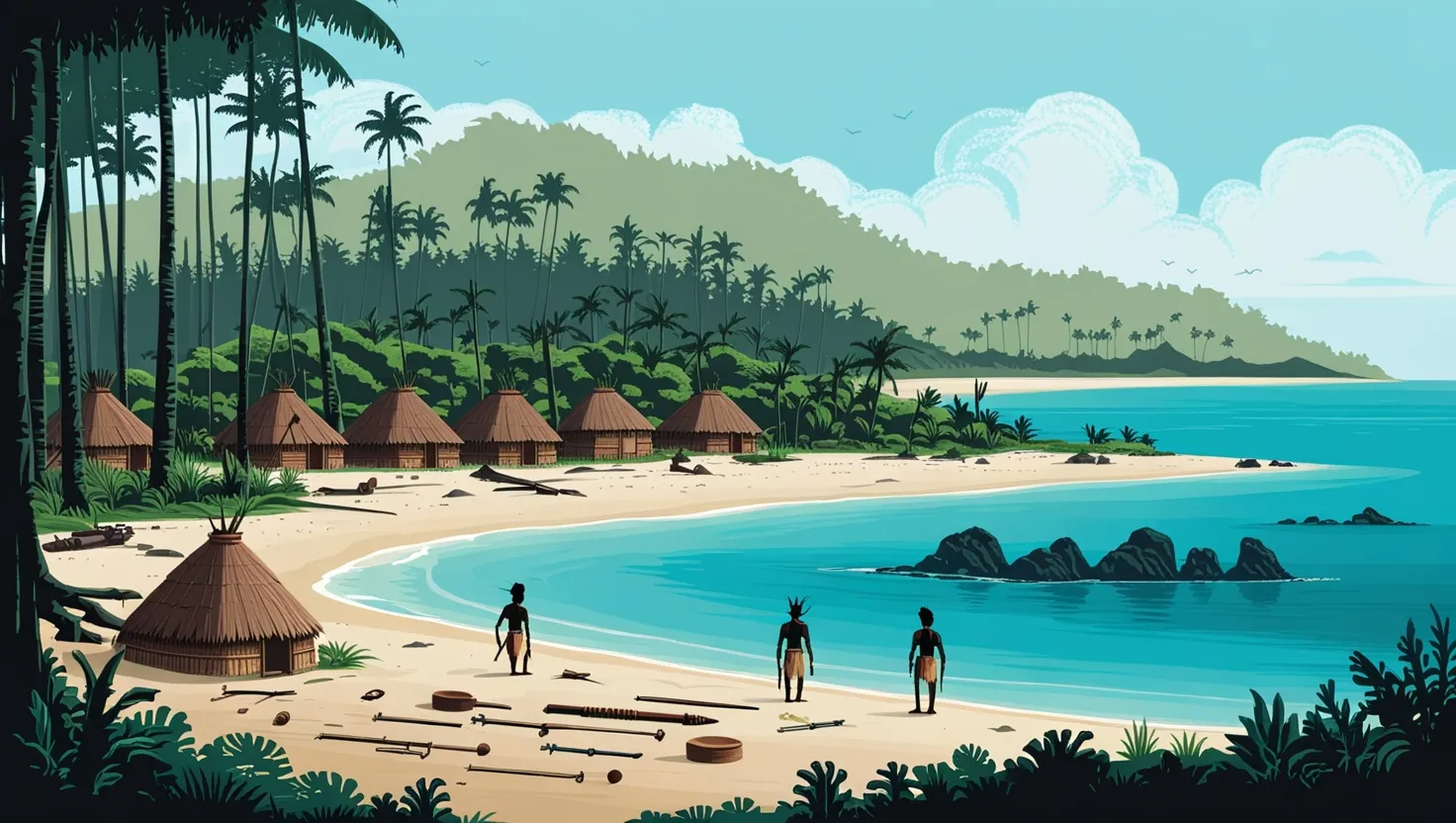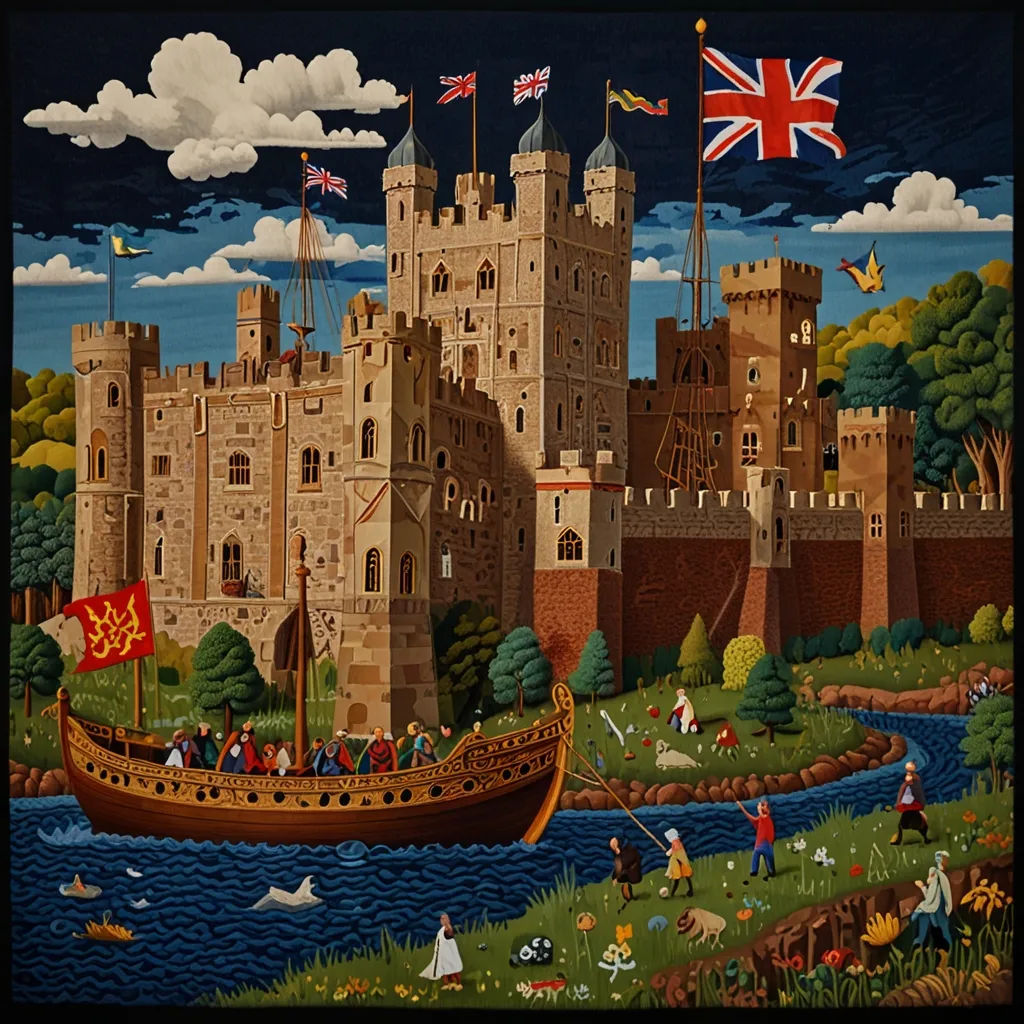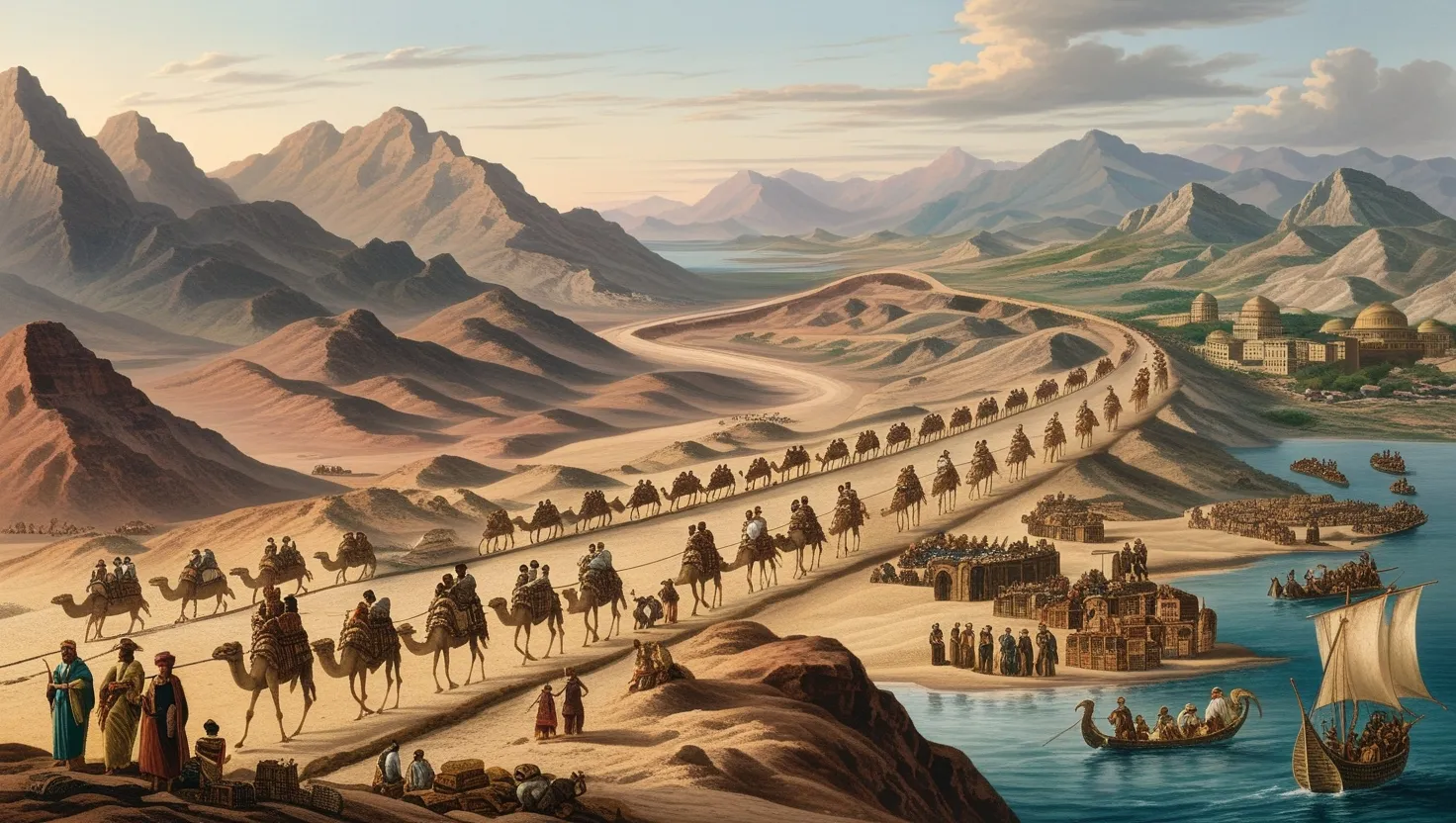In the vast expanse of the Indian Ocean, there lies a small, enigmatic island that is home to one of the most isolated tribes on Earth: the Sentinelese. Located on North Sentinel Island, part of the Andaman and Nicobar Islands, this tribe has managed to maintain a level of isolation that is almost unimaginable in today’s interconnected world.
The Sentinelese are believed to have lived on their island for up to 60,000 years, making them one of the oldest continuously existing human populations. Their history is shrouded in mystery, but it is clear that they are direct descendants of the first human populations to emerge from Africa. Despite being geographically close to other Andamanese peoples, such as the Jarawas, the Onge, and the Great Andamanese, the Sentinelese have had minimal contact with outsiders and have developed a distinct language and culture that is vastly different from their neighbors.
One of the most striking aspects of the Sentinelese is their fierce resistance to any form of external contact. This hostility is not born out of aggression but rather out of a deep-seated mistrust of the outside world. Historical incidents have only reinforced this mistrust. For example, in 1879, a colonial officer kidnapped an elderly couple and some children from the island, taking them to Port Blair. The elderly couple soon died, and the children were returned with gifts, but this event likely started an epidemic among the islanders and left a lasting impact on their perception of outsiders.
The Sentinelese way of life is a testament to their resilience and adaptability. They are hunter-gatherers, using bows, arrows, and spears to hunt terrestrial wildlife and catching seafood like mud crabs and molluscs. They do not engage in agriculture and live in small, temporary huts made from leaves and branches. Despite the lack of modern tools, they have adapted to their environment by using metal from shipwrecks to make tools and weapons.
The 2004 Indian Ocean tsunami, which devastated many parts of the region, had a significant impact on North Sentinel Island. The island was enlarged by the merger with nearby small islands, and the sea floor was raised, exposing coral reefs and destroying fishing grounds. However, when helicopters flew over the island to assess the damage, the Sentinelese responded with hostility, indicating that they had survived the disaster without external help.
The Indian government has taken significant steps to respect the Sentinelese desire for isolation. In 1956, North Sentinel Island was declared a tribal reserve, and travel within 3 nautical miles of the island was prohibited. This protection has been reinforced over the years, with constant armed patrols preventing intrusions. The government’s policy shift from attempting to make contact to respecting their isolation is a result of the disastrous outcomes seen in other Andaman tribes that have had contact with the outside world. For instance, the Onge and the Great Andamanese, who have been exposed to Western civilization, have seen their populations drastically decline and are now largely dependent on state handouts.
The story of the Sentinelese is also marked by tragic incidents that highlight the dangers of external interference. In 2018, an American missionary named John Allen Chau attempted to make contact with the tribe, resulting in his death. This incident underscored the risks of disrupting the delicate balance of their isolated existence and the importance of respecting their wish to remain uncontacted.
The ethical dilemma surrounding the Sentinelese is complex. On one hand, there is a strong argument for preserving their isolation to protect them from diseases to which they have no immunity and from exploitation by outsiders. On the other hand, there is a curiosity and sometimes a desire to learn more about these enigmatic people. However, experts and activists argue that any attempt at contact could be disastrous. Madhumala Chattopadhyay, an anthropologist who made friendly contact with the Sentinelese in the 1990s, advocates for leaving them alone, citing the harm that external contact has caused to other Andaman tribes.
The broader implications of the Sentinelese situation extend beyond their island. It raises questions about cultural diversity and human rights in the 21st century. In a world where globalization is increasingly eroding traditional ways of life, the Sentinelese stand as a rare example of a community that has managed to maintain its cultural integrity. Their story is a stark reminder of the importance of respecting indigenous rights and the need to protect vulnerable populations from the encroachment of modern society.
The protection of the Sentinelese is not just about preserving their way of life but also about recognizing their right to self-determination. It is a recognition that they are best placed to decide what is in their own interests. This principle is crucial in the context of indigenous rights globally, where many communities face similar challenges of maintaining their cultural identity in the face of external pressures.
In conclusion, the Sentinelese people of North Sentinel Island embody a paradox of our times – a community that has resisted the forces of globalization and modernization, yet exists in a world that is increasingly interconnected. Their story is a powerful reminder of the importance of respecting cultural diversity and the rights of indigenous peoples to live as they choose. As we navigate the complexities of our globalized world, the Sentinelese serve as a poignant example of the need to balance progress with preservation and to respect the boundaries that communities set for themselves.






